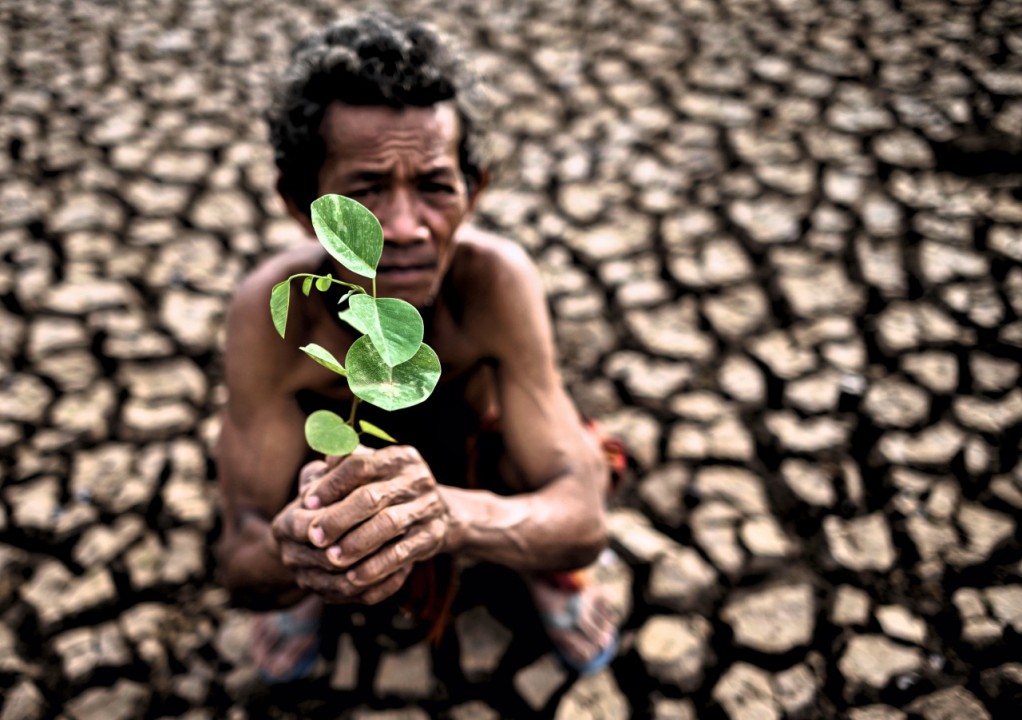
Sustainability in Focus: The Power of AR & VR in Climate Data Visualisation.
How can we better understand the impact of climate change and take action to mitigate its effects? As the urgency of addressing climate change increases, so does the need for innovative and effective ways to communicate its complex data to the public. So, how will AR and VR technology evolve to better support climate change mitigation efforts in the future?
In this week’s article, we will explore the power of augmented reality (AR) and virtual reality (VR) in climate data visualisation and sustainability. With the ability to immerse users in a 360-degree environment, AR and VR offer a unique opportunity to engage audiences in the complex issues of climate change and inspire action towards a more sustainable future.
The Role of AR and VR in Climate Data Visualisation.
AR and VR have the potential to transform the way we interact with climate data by providing a more intuitive and immersive experience. Instead of looking at 2D graphs and charts, users can explore 3D models of the earth's surface and see the effects of climate change in real-time.

Even the simplest VR/AR simulations can show the impact of sea-level rise on coastal cities, while AR overlays can provide real-time data on air quality and carbon emissions. In a more advanced displays and combined with AI and Machine Learning, enhanced visualisations can help better understand the causes and effects of climate change, help identify areas for improvement and innovation and, by engaging the public, digital simulations can inspire people to take action.
Real-time data visualization with AR and VR: A new frontier in sustainable decision-making.
The power of combining sustainable technology with open-source resources lies in the potential for improved productions that benefit both the environment and society. Open-source resources provide access to knowledge and tools that can be freely shared, adapted and improved upon by a diverse community of contributors. Sharing open-source data enables the development of sustainable technologies that are affordable, scalable, and accessible to everyone around the world.
By leveraging these resources, it becomes easier and more cost-effective to create innovative solutions that reduce waste, energy consumption and carbon emissions, while increasing efficiency and productivity.
How can we ensure that the deployment of AR and VR technology for climate data visualisation actually benefits local communities? to answer the question, here is an interesting project in sustainable agriculture developed in India
One of the key aspects of the project was the development of low-cost and open-source irrigation systems that used solar power and were designed to help farmers in remote areas to access water for their crops and reduce their dependence on fossil fuels.
The systems consisted of a solar panel, a battery, a water pump, and a sensor that measures the moisture level of the soil with a technology based on the Arduino platform, an open-source electronics platform that is capable of reading inputs, like data from a sensor and turn it into an output to behave like a microcontrollers. The data collected by the sensor were used to optimise the irrigation schedule, ensuring that crops receive the right amount of water at the right time.
By using open-source resources and a mobile app, the project team was able to develop a low-cost and scalable solution that could be easily adapted to different farming conditions to increase crop yields, reduce water consumption and fertiliser use.

By providing remote access to real-time data, AR and VR can help farmers make informed decisions. It also provides them with the knowledge and tools needed to make informed decisions to improve their yields while reducing the environmental impact of farming.
💡 Discover Arduino Weather Station Projects and data storage on Arduino Cloud for later digital visualisation.
Engaging the Public in Climate Action
One of the biggest challenges in addressing climate change is engaging the public in taking action. in this regard, AR and VR can help bridge this gap by providing a more engaging and interactive experience. Users can now be immersed in a virtual environment, see the effects of climate change first-hand and experience the urgency of the issue.
Showing the devastating impact of a natural disaster like a hurricane or a wildfire through VR can have a significant impact on people’s understanding of the urgency to take action towards reducing their carbon footprint and promoting sustainability.
Conclusion:
The urgency of addressing climate change requires innovative and effective ways to communicate its complex data to the public.
AR and VR offer a unique opportunity to engage audiences in the issues of climate change and inspire action towards a more sustainable future. Through enhanced data visualisation and immersive experiences, AR and VR can play a critical role in addressing the challenges of climate change and have the potential to revolutionise the way we approach sustainability and climate change mitigation.
The question remains: how can we ensure that these technologies are deployed in a way that benefits those who need them most to maximise their potential for sustainable impact? It's up to us to continue exploring and innovating to create a more sustainable future for all.
-------------- We value your feedback -----------------
🧐 Leave a comment and feel free to share.
🙋🏻 Request a report for your industry, HERE >
🚀 If you consider using AR or VR for your industry, schedule a call in the FluidityAR calendar.